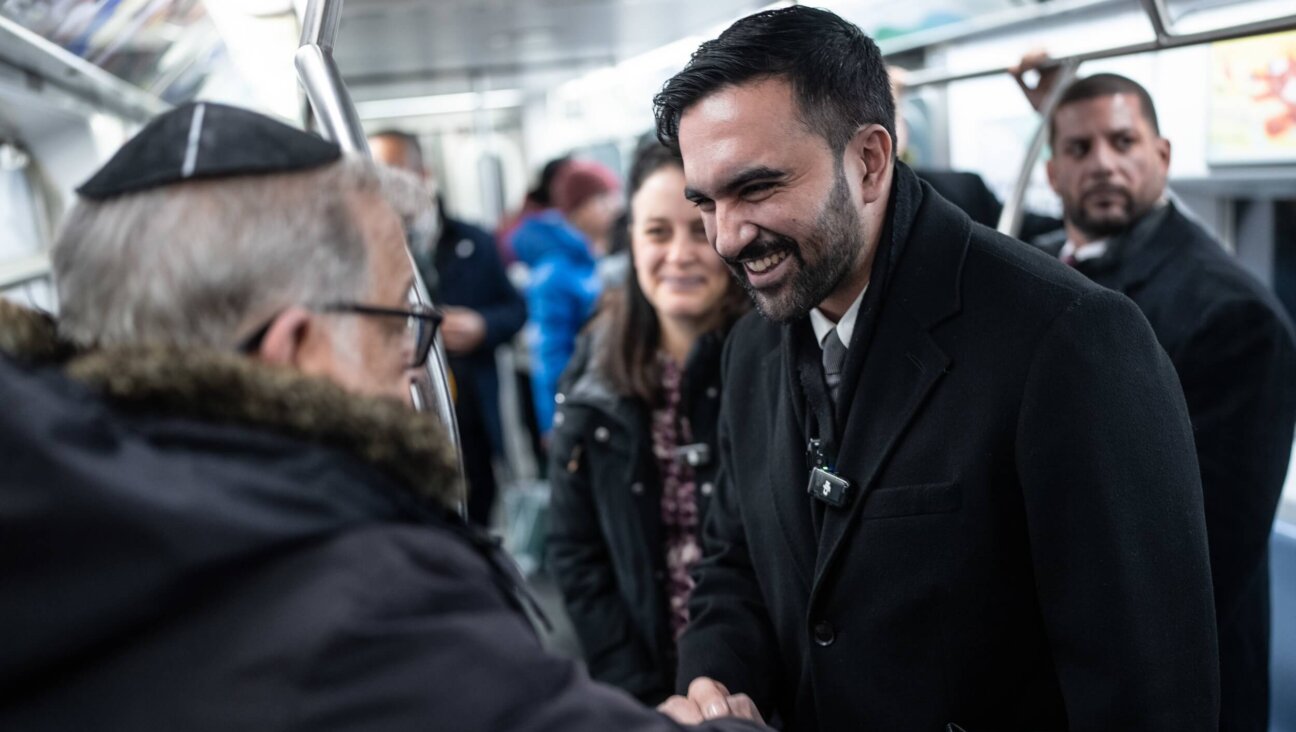Synagogues Without Jews: Walking the Streets of Italy
Italian Jews have a proud 2,000-year history. They were there when the Second Temple still stood and Rome ruled the Mediterranean. More arrived as prisoners after the devastating destruction of the Temple, and soon there were close to 50,000 Jews in First- century Italy, almost half in Rome alone. And they created a vibrant intellectual and artistic legacy. Josephus Flavius, one of the earliest historians of the Jewish people, spent half his life in pagan Rome, home to as many as 12 synagogues and at least one talmudic academy. The Renaissance saw Obadiah of Bertinoro (Rav) pen his authoritative commentary on the Mishnah, as the Abarbanel and the Sforno transformed biblical commentary in the humanist spirit. Salamone de’ Rossi in Mantua radicalized Jewish music in the 16th century, combining liturgy and polyphonic choral music, while in the 17th-century Moses Hayyim Luzzatto’s “Derech haShem” explained Judaism with Enlightenment rationality and kabalistic sensitivity. The expatriate artist Modigliani and Holocaust author Primo Levi illuminated the 20th century.
Annie Sacerdoti’s new book, “The Guide to Jewish Italy” (Rizzoli International Publications), with 200 brilliant color photographs by Alberto Jona Falco, presents synagogue after synagogue in a stunning procession of architectural delights echoing 500 years of Jewish Italian architectural tradition. While the majority of the Jews have long since moved away from their ancestral communities, the sanctuaries stand as silent witnesses to this rich history.
Italian Jewish life today is concentrated in Rome and Milan with 10,000 and 6,000 Jews, respectively. Turin, Venice, Bologna and Florence have considerably smaller active communities that are slowly declining. Only Rome has a stable population. In spite of the effective abandonment of many smaller congregations, the regional and national governments along with the Jewish community has preserved an awesome collection of architectural gems.
The Piedmont region boasts the most concentrated array of synagogues in Italy, home to 13 interiors of breathtaking beauty. These intimate sanctuaries reflect the diminutive scale of ghetto environment. Casale Montferrato has a baroque grandeur of gold-and-white Carrara marble with stately arches that frame the second-story women’s gallery discreetly hidden by golden lacquered screens. In use since 1599, it was last restored in 1968. This gilt chamber was a sacred vessel for prayer, a shimmering sanctuary from the humiliations of the ghetto. In town after town, the pattern is repeated, and though some are less ornate, some more baroque, all express a quiet elegance and self-assured piety.
The neighboring city of Mantua was a paragon of Renaissance Jewish life. The Norsa Torrazza synagogue was first built in 1513 and later rebuilt from its original plans in 1902. The clean white walls ornately decorated with stucco contrast with the pink-and-white stone, reflecting a sophisticated and refined humanism of the Mantuan Jews (close to 3,000 in 1600). The Counter-Reformation resulted in riots, murder, ghettoization and finally banishment in 1630. Even after they returned the community never regained its former glory, and today there are only a few dozen Jews left in Mantua.
Sacerdoti’s guide to 45 Italian communities does not flinch from reminding us of the oppressions Jews were forced to bear over the centuries, from the mandatory wearing of the Jewish badge to the Papal bull of 1553 that ordered the public burning of the Talmud, faithfully carried out in Rome, Bologna, Florence, Venice, Ancona, Ferrara, Ravenna and Mantua. Attacking the intellectual heart of the Jews, the Church suppressed and censored many works and saw to it that the Talmud never was printed in Italy again.
And yet they stayed. And once emancipation came in the mid-19th-century, many communities optimistically built large Neoclassical and Moorish synagogues like the stately edifice in Florence and its equally grand cousin in Modena. In almost all cases an ironic decline of the communities ensued. Modernity in the form of assimilation and ignorance shrank the Jewish population to only 45,000 in Mussolini’s Italy of 1938. The worst fascist persecutions occurred in 1943-45, when close to 7,750 Jews lost their lives in deportations to concentrations camps. Conversions and emigration decimated the population further leaving about 29,000 to rebuild their lives after the war.
Venice is a contemporary glory with five 16th-century ghetto synagogues. Two, the Levantina and the Spagnola, alternate winter and summer for the modest Venetian community. Nonetheless their ranks are swelled by a constant stream of tourists and youth groups to this literal island of Judaism in the magical city of Venice.
The largest Venetian synagogue, built by Spanish and Marrano refugees, has a quiet elegance of red drapery set against white-stucco decorated walls and somber wooden pews. It is said that marble was forbidden for Jews to use, and therefore elaborate wooden carvings predominate the interior and the ceiling allegedly designed by the famous Venetian Baroque architect Baldassarre Longhena. In a trip I took this past August, the Friday night service was packed, men and women divided by a broad central aisle reflecting the unique Venetian floor plan placing the bimah and the aron on opposite ends of the sanctuary.
On Sabbath afternoon, a much smaller congregation retired to the community center for the third meal of the Sabbath. There, a handful of visitors and local Venetians chatted in Italian, Hebrew and English over homemade Italian Jewish cakes as Rabbi Roberto Della Rocca presided. He expressed a sanguine determination to persevere in the face of the community’s decline.
As the Sabbath drew to a close, I realized that the contemporary reality of the Italian Jews expressed a fundamental acceptance of the nature of the Diaspora. In the good years — and there were many of them — Italian Jews saw it as their responsibility to praise God with a plethora of glorious sanctuaries. Years later, it was equally important to preserve those places even when the Jews themselves had moved on, and the riches of this singularly patient Italian Diaspora console us in exile.
Richard McBee is a painter of Torah subject matter and writer on Jewish art. He’s reachable at www.richardmcbee.com.
















